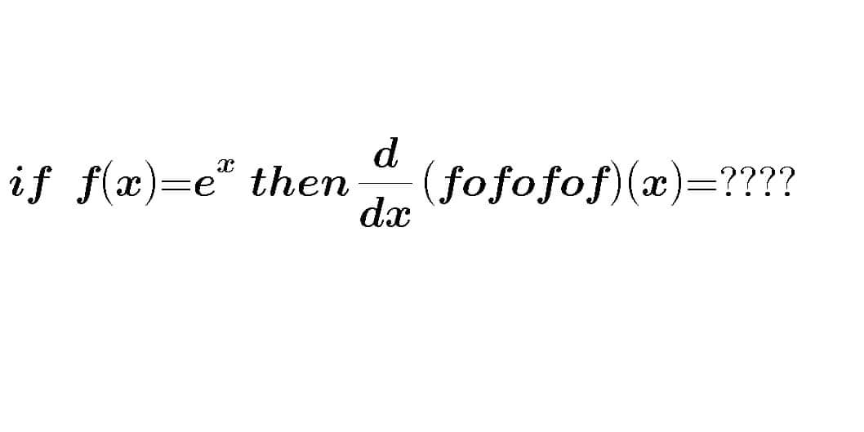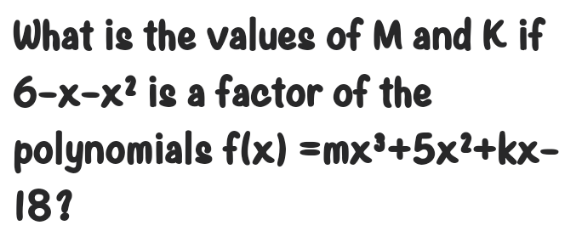
Relation and FunctionsQuestion and Answers: Page 14
Question Number 139029 Answers: 2 Comments: 0
Question Number 138829 Answers: 1 Comments: 0

Question Number 138134 Answers: 0 Comments: 0
Question Number 137817 Answers: 1 Comments: 0
Question Number 137365 Answers: 2 Comments: 0
Question Number 137335 Answers: 1 Comments: 0
Question Number 137282 Answers: 2 Comments: 0

Question Number 137280 Answers: 2 Comments: 0

Question Number 136861 Answers: 1 Comments: 0
Question Number 136740 Answers: 1 Comments: 0
Question Number 136693 Answers: 2 Comments: 1

Question Number 136598 Answers: 1 Comments: 0

Question Number 136404 Answers: 1 Comments: 0
Question Number 136370 Answers: 1 Comments: 0
Question Number 136270 Answers: 1 Comments: 0
Question Number 136259 Answers: 1 Comments: 0
Question Number 136124 Answers: 1 Comments: 0
Question Number 136033 Answers: 0 Comments: 0
Question Number 136032 Answers: 0 Comments: 0
Question Number 136031 Answers: 2 Comments: 0
Question Number 136030 Answers: 1 Comments: 0
Question Number 136029 Answers: 1 Comments: 0
Question Number 136028 Answers: 0 Comments: 0
Question Number 136025 Answers: 0 Comments: 0
Question Number 136024 Answers: 0 Comments: 1
Question Number 136022 Answers: 0 Comments: 0
